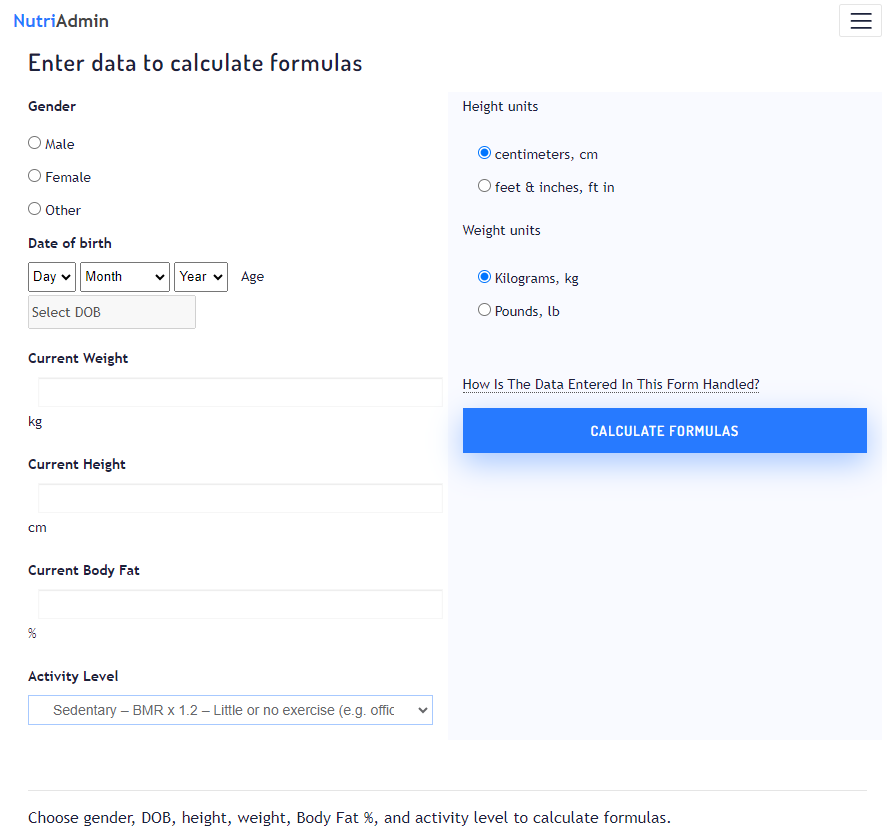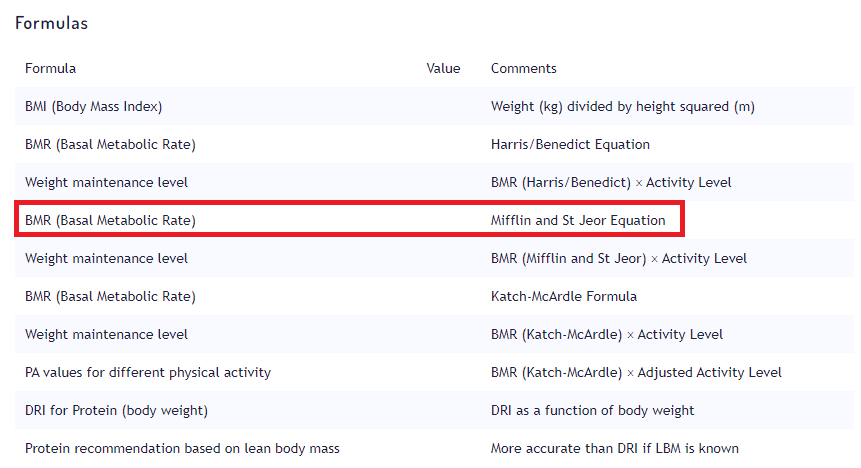The Mifflin-St Jeor equation is considered the most reliable in predicting Basal Metabolic Rate (BMR) among obese and non-obese individuals. Nutrition professionals must have an in-depth understanding of this topic because it is commonly used to calculate energy expenditure and caloric needs.
History
MD Mifflin and ST St Jeor introduced this BMR equation in a paper published in 1990, naming it after themselves. They derived it from 498 healthy individuals, including males and females aged 19-78 years old. They included both obese and non-obese individuals and measured BMR through indirect calorimetry.
Importance of Mifflin-St Jeor equation
A study in 2005, stated that out of the four commonly used BMR prediction equations in clinical practice, the Mifflin-St Jeor equation was the most reliable. This is in comparison to Harris-Benedict,Owen, and World Health Organization/Food and Agriculture Organization/United Nations University (WHO/FAO/UNU).
It accurately predicted BMR within 10% of the measured values for both non-obese and obese individuals more consistently than any other equation. Additionally, it had the smallest margin of error.
Using the Mifflin-St Jeor equation
Assessing energy needs is a crucial part of developing and evaluating nutrition interventions. The Mifflin-St Jeor formula calculates the resting metabolic rate, which is essential for determining an individual’s calorie requirements.
Mifflin-St Jeor Computation
Step 1: Calculate BMR
- Male: BMR = (10 x weight in kg) + (6.25 x height in cm) – (5 x age in years) + 5
- Female: BMR = (10 x weight in kg) + (6.25 x height in cm) – (5 x age in years) – 161
Step 2: Multiply BMR based on the person’s activity level
- Sedentary – BMR x 1.2 – Little or no exercise (e.g. office job)
- Lightly Active – BMR x 1.375 – Light exercise 3-5 times a week
- Moderately Active – BMR x 1.55 – Moderate exercise 3-5 times a week
- Very Active – BMR x 1.725 – Hard exercise 4-6 times a week
- Extremely Active – BMR x 1.9 – Hard daily exercise (or twice a day)
Alternatively, you can use NutriAdmin’s free TDEE calculator to automatically calculate this.
Note: These equations provide only an estimation, so it’s crucial to consider individual nutritional needs and goals. Continuously assess the client’s progress and well-being, and if needed, make adjustments to the meal plan accordingly.
Utilizing Mifflin-St Jeor calculators online
As much as possible, we always want to finish tasks in the shortest time possible. Through the technological advancements today, there are various free tools for nutritionists that are available on the internet including Mifflin-St Jeor calculators.

NutriAdmin provides free tools for nutritionists and dietitians that can help them with several essential computations just by entering information as seen above.
NutriAdmin members can additionally get formulas automatically calculated, including Mifflin-St Jeor. You can click here to learn more.
This way, you don’t have to manually compute common formulas. It will help you save time and increase efficiency enabling you to focus on other more important tasks and provide quality care for your clients.

NutriAdmin offers a range of automated formula options, including the Mifflin-St Jeor, for quick and convenient calculations.




